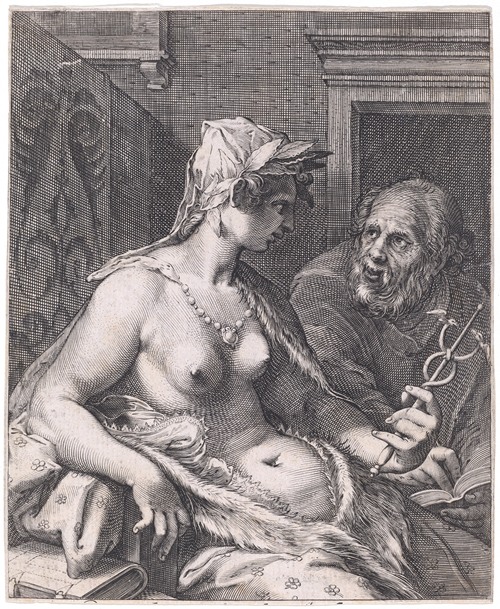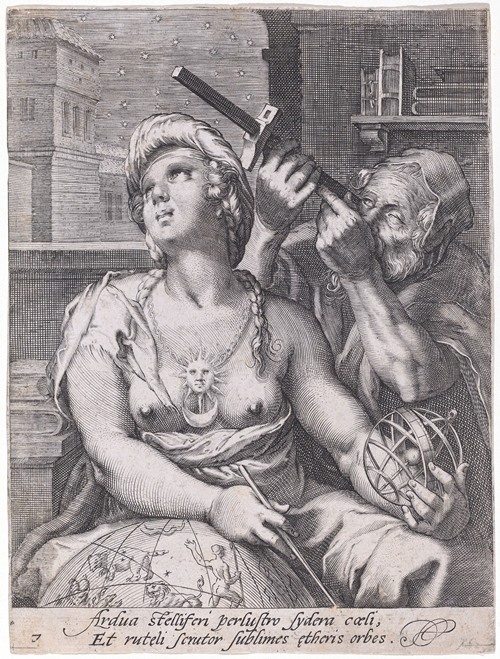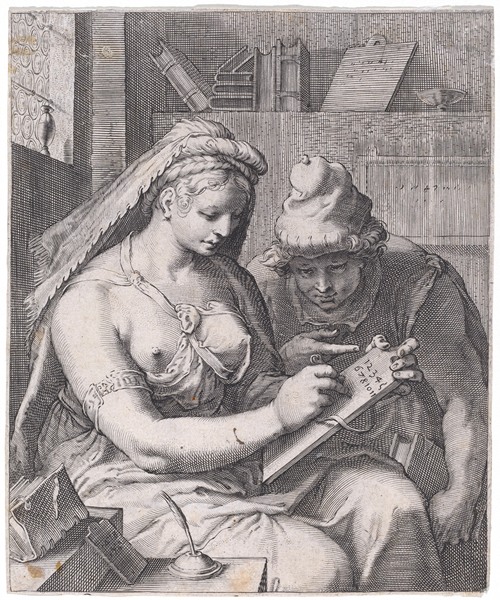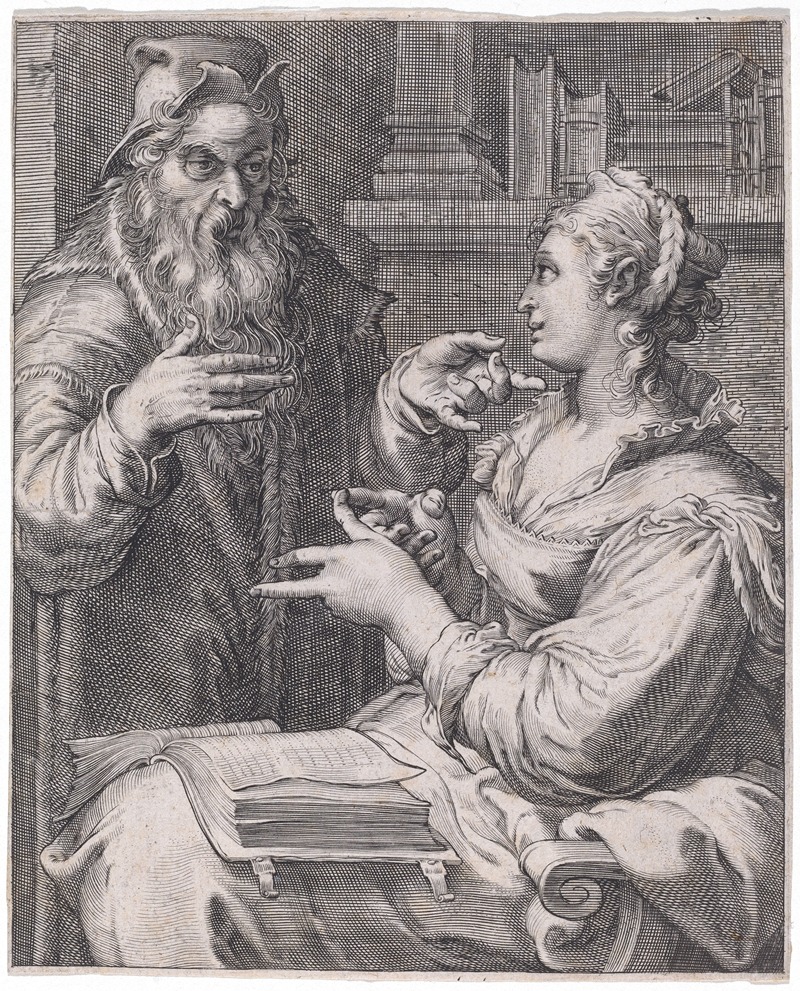
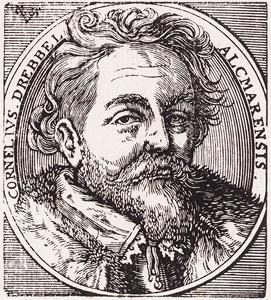
Cornelis Jacobszoon Drebbel was a Dutch engineer and inventor. He was the builder of the first navigable submarine in 1620 and an innovator who contributed to the development of measurement and control systems, optics and chemistry.
Cornelis Drebbel was born in Alkmaar, Holland in an Anabaptist family in 1572. After some years at the Latin school in Alkmaar, around 1587, he attended the Academy in Haarlem, also located in North-Holland. Teachers at the Academy were Hendrik Goltzius, engraver, painter, alchemist and humanist, Karel van Mander, painter, writer, humanist and Cornelis Corneliszoon of Haarlem. Drebbel became a skilled engraver on copperplate and also took an interest in alchemy.
In 1595 he married Sophia Jansdochter Goltzius, younger sister of Hendrick, and settled at Alkmaar. They had at least six children, of whom four survived. Drebbel worked initially as a painter, engraver and cartographer. But he was in constant need of money because of the prodigal lifestyle of his wife. In 1598 he obtained a patent for a water-supply system and a sort of perpetual clockwork. In 1600, Drebbel was in Middelburg where he built a fountain at the Noorderpoort. In that spectacle making center he may have picked up knowledge in the art of lens grinding and later would construct a magic lantern and a camera obscura.
Around 1604 the Drebbel family moved to England, probably at the invitation of the new king, James I of England (VI of Scotland). He was accommodated at Eltham Palace. Drebbel worked there at the masques, that were performed by and for the court. He was attached to the court of young Renaissance crown-prince Henry. He astonished the court with his inventions (a perpetuum mobile, automatic and hydraulic organs) and his optical instruments.
His fame circulated through the courts of Europe. In October 1610 Drebbel and his family moved to Prague on invitation of Emperor Rudolf II, who was preoccupied with the arts, alchemy and occult sciences. Here again Drebbel demonstrated his inventions. When in 1611 Rudolf II was stripped of all effective power by his younger brother Archduke Matthias, Drebbel was imprisoned for about a year. After Rudolf's death in 1612, Drebbel was set free and went back to London. Unfortunately his patron prince Henry had also died and Drebbel was in financial trouble.
Towards the end of his life, in 1633, Drebbel was involved in a plan to drain the Fens around Cambridge, while living in near-poverty running an ale house in England. He died in London.
In keeping with traditional Mennonite practice, Drebbel's estate was split between his four living children at the time of his death.
